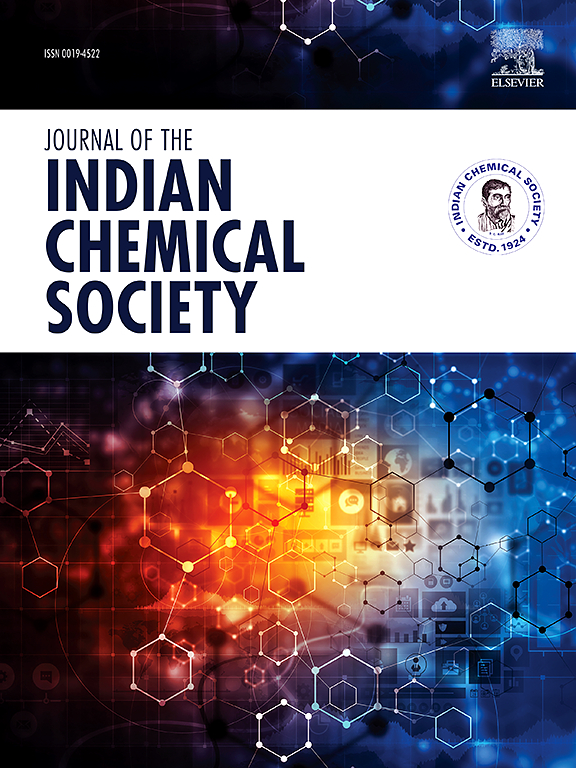Evaluation of the efficiency of reactive extraction of malic acid using TPA or TOPO in imidazolium-based ionic liquid or conventional solvents
IF 3.2
4区 化学
Q2 CHEMISTRY, MULTIDISCIPLINARY
引用次数: 0
Abstract
Malic acid (H2mA), which is one of the dicarboxylic acids, plays a vital role in the food industry. In this extraction study, the separation of malic acid from its aqueous medium using an effective solvent-extractant mixture was investigated. This article aims to emphasize the efficacy of ionic liquids (IL), which are green solvents especially 1-butyl-3-methylimidazolium hexafluorophosphate (BMIM-PF6) against conventional solvents. Some of these solvents are methyl isobutyl ketone (MIBK), toluene, cyclohexyl acetate (CHA), 1-decanol, dimethyl phthalate (DMP). Tri-n-propylamine (TPA) and tri-n-octylphosphine oxide (TOPO) were used as extractants in the experiments. The distribution coefficient (D), extraction efficiency (E%), and loading factor (Z) were calculated. In the physical extraction experiments, the extraction efficiency was observed to be in the range of 43.30–47.67 %. The reactive extraction results showed that high extraction efficiency was obtained with organic phases prepared with TPA and diluent. The extraction efficiency reached around 99 % at a TPA concentration of 1.78 mol.L−1 in MIBK. Although the results with conventional solvents and BMIM-PF6 are close to each other, it can be stated that the high regeneration capacity and low volatility of ionic liquids may be the reason for preference compared to conventional solvents.

求助全文
约1分钟内获得全文
求助全文
来源期刊
CiteScore
3.50
自引率
7.70%
发文量
492
审稿时长
3-8 weeks
期刊介绍:
The Journal of the Indian Chemical Society publishes original, fundamental, theorical, experimental research work of highest quality in all areas of chemistry, biochemistry, medicinal chemistry, electrochemistry, agrochemistry, chemical engineering and technology, food chemistry, environmental chemistry, etc.

 求助内容:
求助内容: 应助结果提醒方式:
应助结果提醒方式:


